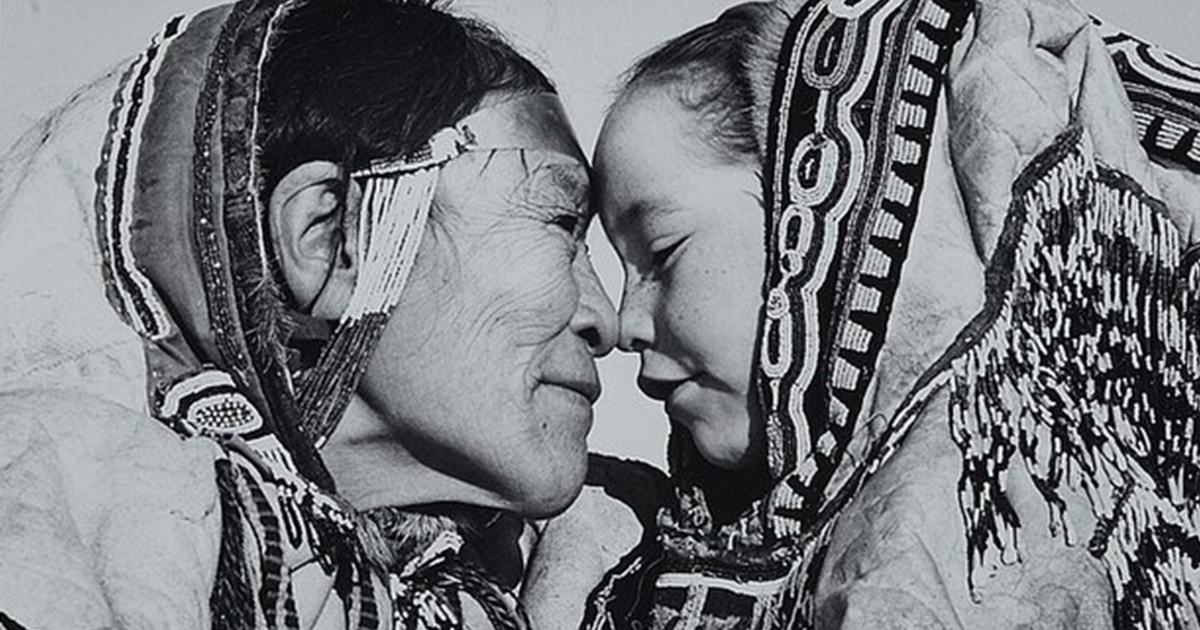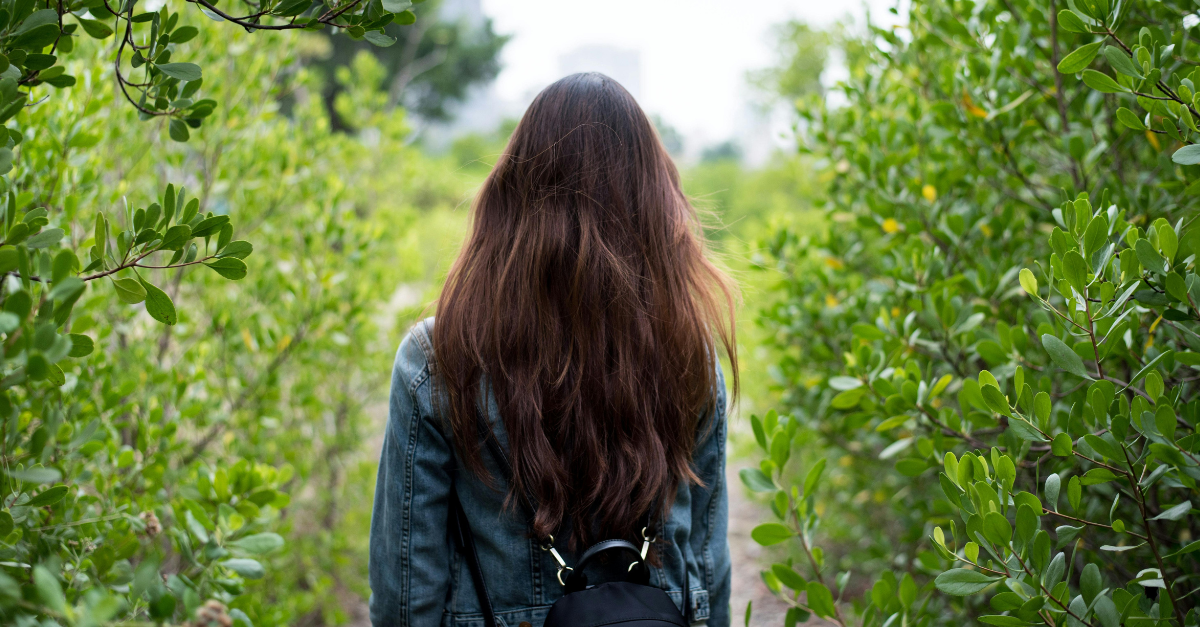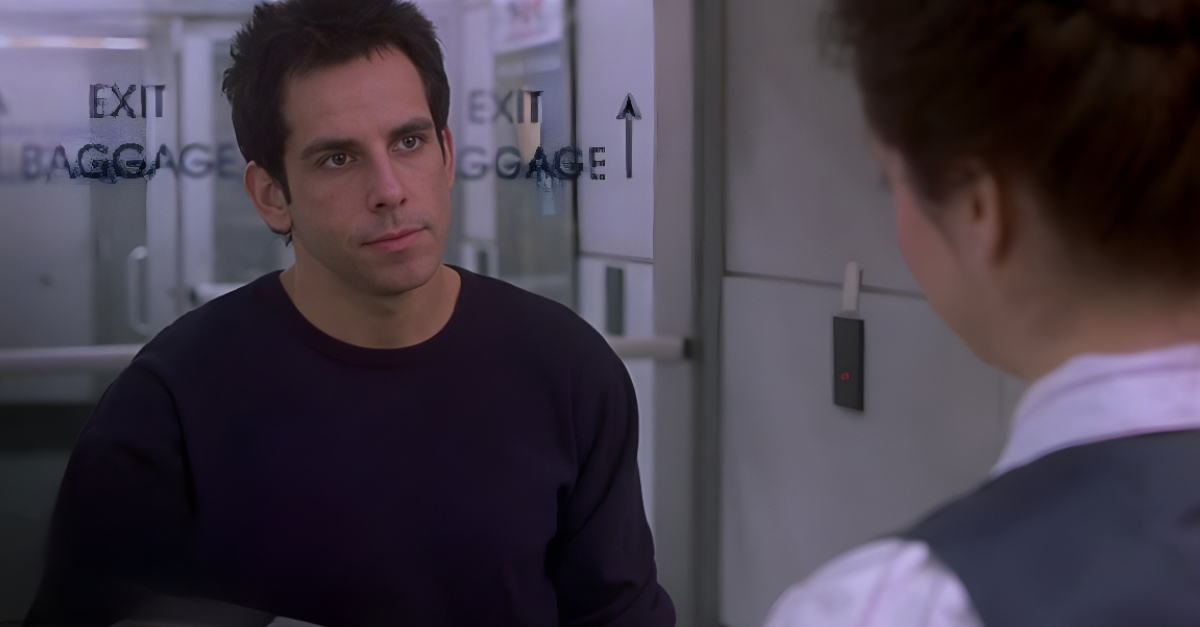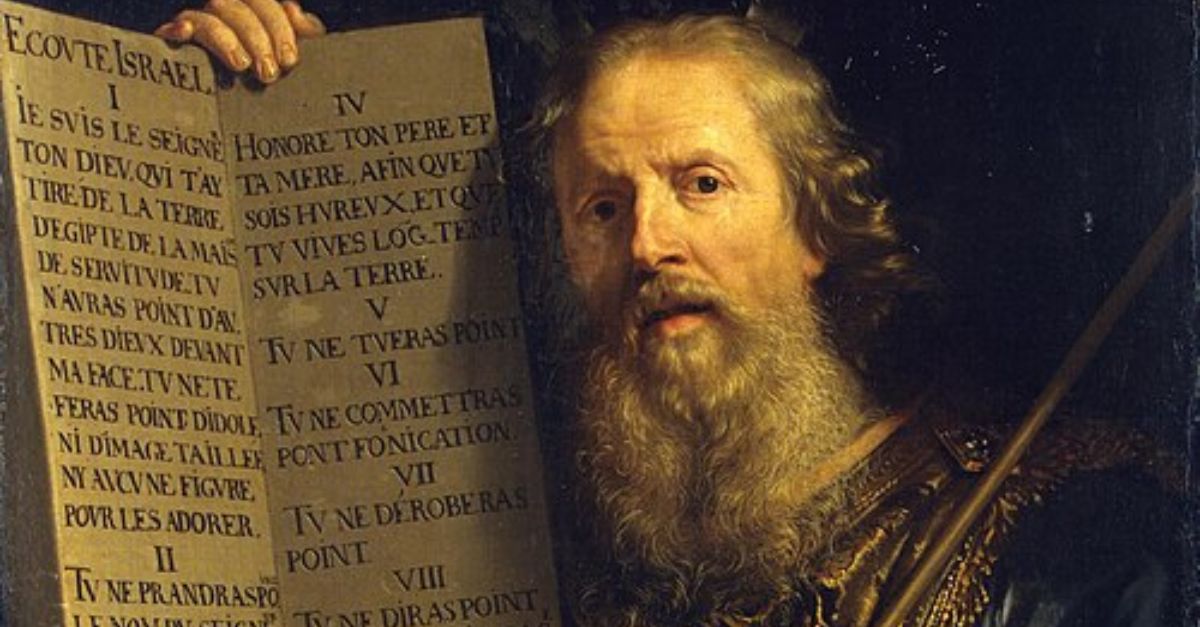A Glimpse Into the Sky Village Tribe
High in the jungle canopy of Papua, the Korowai people live in soaring treehouses, hunt with hand-carved arrows, and follow ancient spiritual beliefs that once included something darker—ritual cannibalism. Until the 1970s, they didn’t even know the outside world existed. Now, for the first time, we’re getting a glimpse into a lifestyle that feels frozen in time—and it’s unlike anything you’ve ever seen.

Where Do They Live?
The Korowai live in the southeastern part of Papua, Indonesia, near the border with Papua New Guinea. Surrounded by swamps, thick jungle, and mountains, they were totally hidden from the modern world for centuries. This isolation helped them hold on to their traditional ways of life, even as the world around them change.
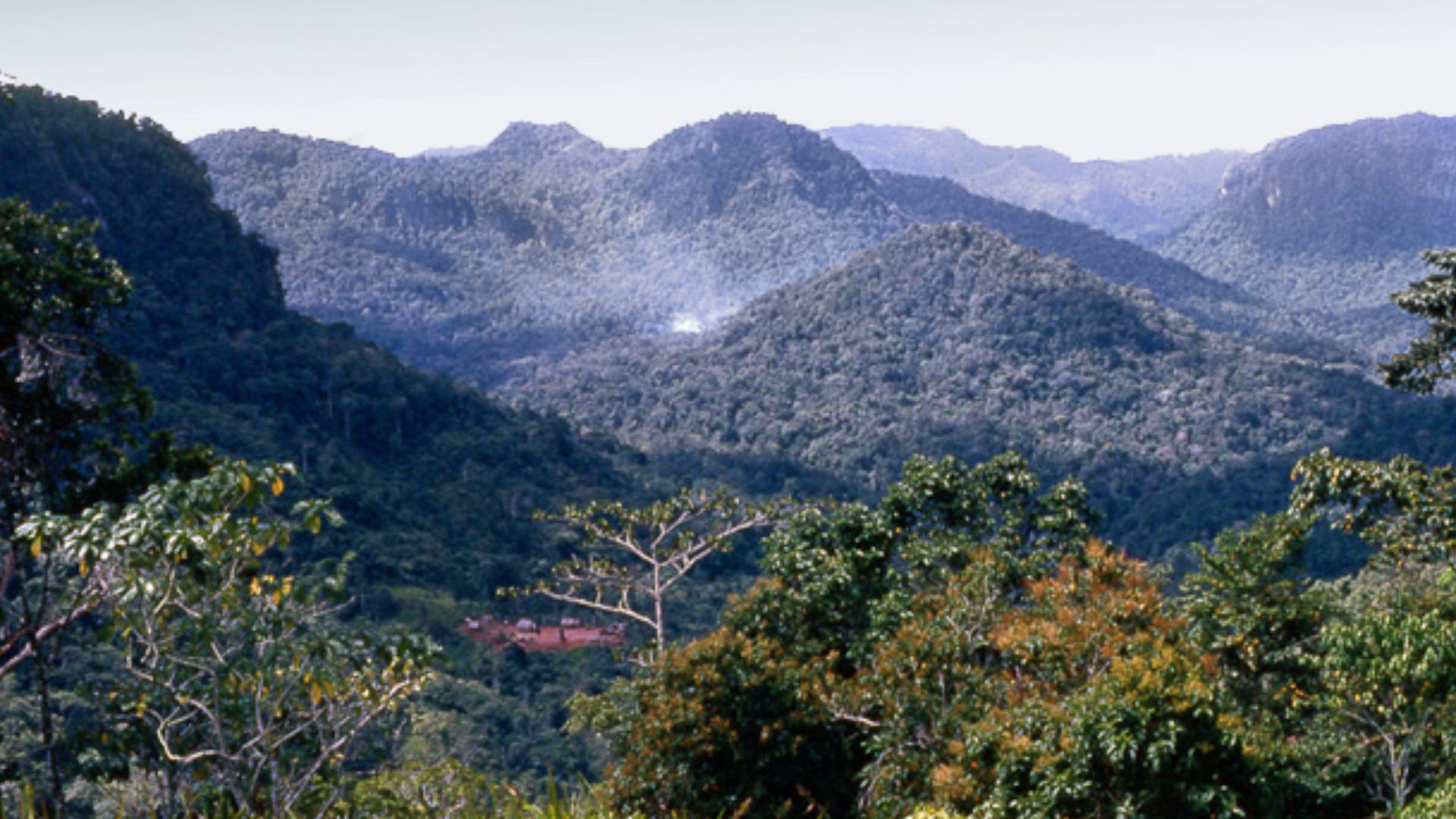 ColinF at English Wikipedia, Wikimedia Commons
ColinF at English Wikipedia, Wikimedia Commons
They Sleep In Treehouses
Korowai homes are no ordinary huts—they build their treehouses high in the canopy, sometimes 45 feet (or more) above ground. These epic homes are made from palm bark, branches, and sago leaves, tied together with vines. The height protects them from floods, bugs, and even rival tribes.
 Visiting the Tribe that EATS HUMANS (Papua Island), Drew Binsky
Visiting the Tribe that EATS HUMANS (Papua Island), Drew Binsky
They're Engineering Geniuses
Korowai treehouses aren’t just tall—they’re cleverly designed. Builders choose sturdy trees, create strong platforms, and seal the walls against wind and rain. No nails or metal, just natural materials and deep knowledge passed down for generations.
 The Amazing Korowai Tribe Build a Treehouse - High in the Rainforests of Papua, Nomad Architecture
The Amazing Korowai Tribe Build a Treehouse - High in the Rainforests of Papua, Nomad Architecture
Sky High for a Reason
They don’t build treehouses high up just for fun. It protects them from dangerous animals, floods, and even rival clans. Higher treehouses are also seen as more prestigious—it shows strength, skill, and a strong spiritual connection to the forest.
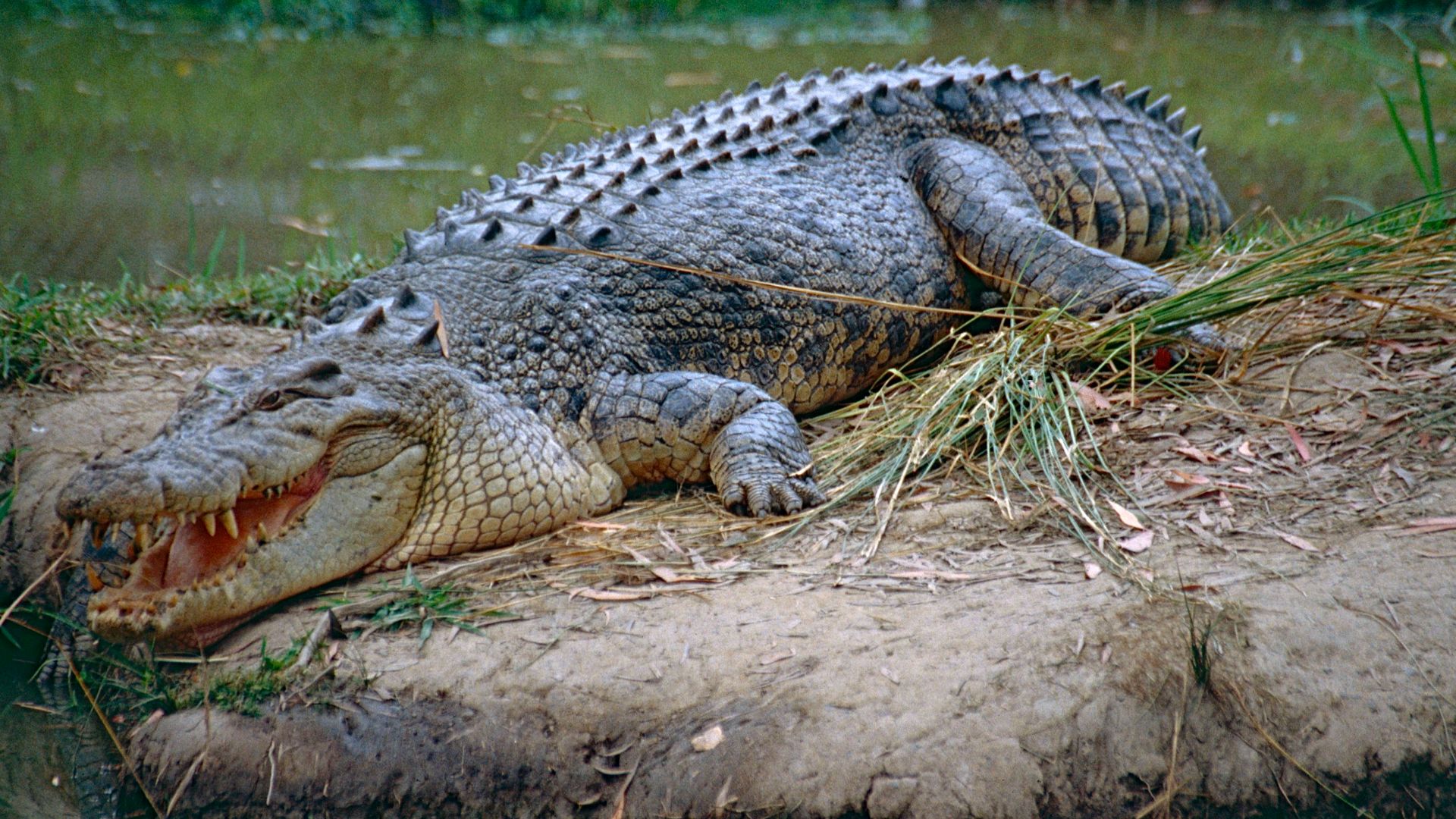 Bernard DUPONT from FRANCE, Wikimedia Commons
Bernard DUPONT from FRANCE, Wikimedia Commons
How Big Is Their Tribe?
Today, there are around 3,000 to 4,000 Korowai people. Some live in forest interiors, while others now live in settled villages. But many still live the old way, moving from one area to another depending on food and seasons. Their small clan-based communities make sure everyone is cared for.
Tight-Knit Forest Families
The Korowai live in extended family groups called clans. Each clan has a 'big man'—usually an elder who earns respect through wisdom and strength. Decisions are made together, and sharing is a key part of life. They rely heavily on cooperation, especially for hunting, building, and cooking.
Their Life-Saving Superfood
The Korowai’s staple food is sago, a starchy substance they scrape from palm tree trunks. It's boiled or baked into cakes and eaten daily. Sago grubs (big white larvae found in the palm) are also a favorite treat and are usually saved for festivals or when visitors come.
They Still Use Bows and Arrows
Korowai men hunt with bows and arrows, using traps and spears to catch wild pigs, cassowaries, and other forest animals. They also fish in nearby rivers. Their deep knowledge of the forest helps them track animals and know where to find edible plants.
 Visiting the Tribe that EATS HUMANS (Papua Island), Drew Binsky
Visiting the Tribe that EATS HUMANS (Papua Island), Drew Binsky
They Eat What They Can Find
They cook food in bamboo tubes or by wrapping it in leaves and placing it over a fire. Meals are simple, using what the forest provides. There’s no seasoning—just fresh, earthy flavors. Cooking is mostly done by women, who also gather vegetables and tend small gardens.
And while all this is going on, they know very little about anything else. In fact, prior to 1970—they thought they were alone.
 Last ever cannibal tribe | 60 Minutes Australia, 60 Minutes Australia
Last ever cannibal tribe | 60 Minutes Australia, 60 Minutes Australia
An Isolated Peace
Can you imagine never hearing about cities, cars, or even other people beyond your forest? The Korowai had no idea modern civilization existed until the late 1970s. The first outside contact came through missionaries and anthropologists flying in by helicopter.
Their discovery was compelling for both sides.
 Last ever cannibal tribe | 60 Minutes Australia, 60 Minutes Australia
Last ever cannibal tribe | 60 Minutes Australia, 60 Minutes Australia
They Got Famous
After contact, the Korowai became popular subjects for films and research. Documentaries like Lords of the Garden brought their unique lifestyle to the world. Some tribespeople even appeared in TV shows, guiding film crews through the forest.
 Last ever cannibal tribe | 60 Minutes Australia, 60 Minutes Australia
Last ever cannibal tribe | 60 Minutes Australia, 60 Minutes Australia
They're Branched Out
Some Korowai now live in government-sponsored villages or trade with neighboring groups. These villagers often wear clothing, use tools, and send their kids to small tribal schools. Still, many return to the forest for hunting or spiritual events.
But these government sponsored villages do more than just provide the Korowai with safety.
 Meet the Korowai: The Giant Treehouse Tribe of Indonesia | Free Documentary, Free Documentary
Meet the Korowai: The Giant Treehouse Tribe of Indonesia | Free Documentary, Free Documentary
They've Been Put To Work
A few Korowai families now work with local guides to host tourists. Visitors can hike into the jungle, watch treehouses being built, and eat sago feasts. It’s a source of income—but some worry it’s starting to change their way of life too quickly.
Still, they hold onto traditions as tightly as possible.
 Last ever cannibal tribe | 60 Minutes Australia, 60 Minutes Australia
Last ever cannibal tribe | 60 Minutes Australia, 60 Minutes Australia
They Don't Wear Much
Traditionally, Korowai men wear sheaths made from leaves or bark that just cover their manhood, while women only cover their bottoms with skirts made of sago fibers. In the deeper forest, many still dress this way. In villages, modern clothes are more common—though sometimes just on special occasions.
 Last ever cannibal tribe | 60 Minutes Australia, 60 Minutes Australia
Last ever cannibal tribe | 60 Minutes Australia, 60 Minutes Australia
Their Marriages Are Arranged
Korowai marriages are usually arranged between clans. After marriage, the man moves in with the woman’s family. Children help with chores early on—boys go hunting with their fathers, while girls help gather food and care for siblings.
 Meet the Korowai: The Giant Treehouse Tribe of Indonesia | Free Documentary, Free Documentary
Meet the Korowai: The Giant Treehouse Tribe of Indonesia | Free Documentary, Free Documentary
They Don't Focus On Education
There are no schools in traditional Korowai life. Kids learn by watching and copying adults. By their early teens, most children can hunt, cook, and help build treehouses. Knowledge is passed down through stories, songs, and practice.
And their spiritual world is as fascinating as it is scary.
 Meet the Korowai: The Giant Treehouse Tribe of Indonesia | Free Documentary, Free Documentary
Meet the Korowai: The Giant Treehouse Tribe of Indonesia | Free Documentary, Free Documentary
They Believe In Ghosts
The Korowai believe in forest spirits and ancestral ghosts. Everything—from illness to misfortune—is often blamed on spiritual forces. They trust shamans to communicate with these spirits and perform rituals to keep the balance between the living and the spirit world.
And in times of unbalance, things get dark.
 Last ever cannibal tribe | 60 Minutes Australia, 60 Minutes Australia
Last ever cannibal tribe | 60 Minutes Australia, 60 Minutes Australia
They Use Offerings To Keep The Spirits Happy
Almost everything the Korowai do has some spiritual meaning. From house building to hunting to birth and death, they often include small rituals or offerings. They believe the forest is alive—and respecting it keeps them safe and strong.
But there is one belief that stands high above everything else.
The Legend of the Khakua
The Korowai once believed in evil spirits called 'khakua'—supernatural sorcerers who cause illness. These spirits are said to take over the soul of people in the tribe, and that killing and even eating a khakua would protect them and restore balance. This is where stories of Korowai cannibalism come from—and it's darker than you may think.
 Cannibal Culture: Rituals of the Korowai | #Factastic, Factastic
Cannibal Culture: Rituals of the Korowai | #Factastic, Factastic
Korowai Cannibalism
When someone died unexpectedly, a shaman might point to a hidden khakua within the tribe. That person would then be horrifically executed—and ritually consumed. It wasn’t mindless violence; it was seen as protecting the entire clan. Whether still practiced today is unclear, but the belief in spiritual threats hasn’t gone away.
Why the Korowai Matter Today
The Korowai remind us that humans can thrive in extreme isolation—without technology, electricity, or global systems. Their resilience, creativity, and spiritual bond with nature offer a rare look into what humanity can be when it lives in harmony with the earth.
 Last ever cannibal tribe | 60 Minutes Australia, 60 Minutes Australia
Last ever cannibal tribe | 60 Minutes Australia, 60 Minutes Australia
You May Also Like:
Photos Of The Tribe That Still Builds Floating Villages
New Evidence Of Uncontacted Jungle Tribe Emerges In Bolivia
Historical Photos Of The Unyielding Tribe That Refused All Peace Treaties







